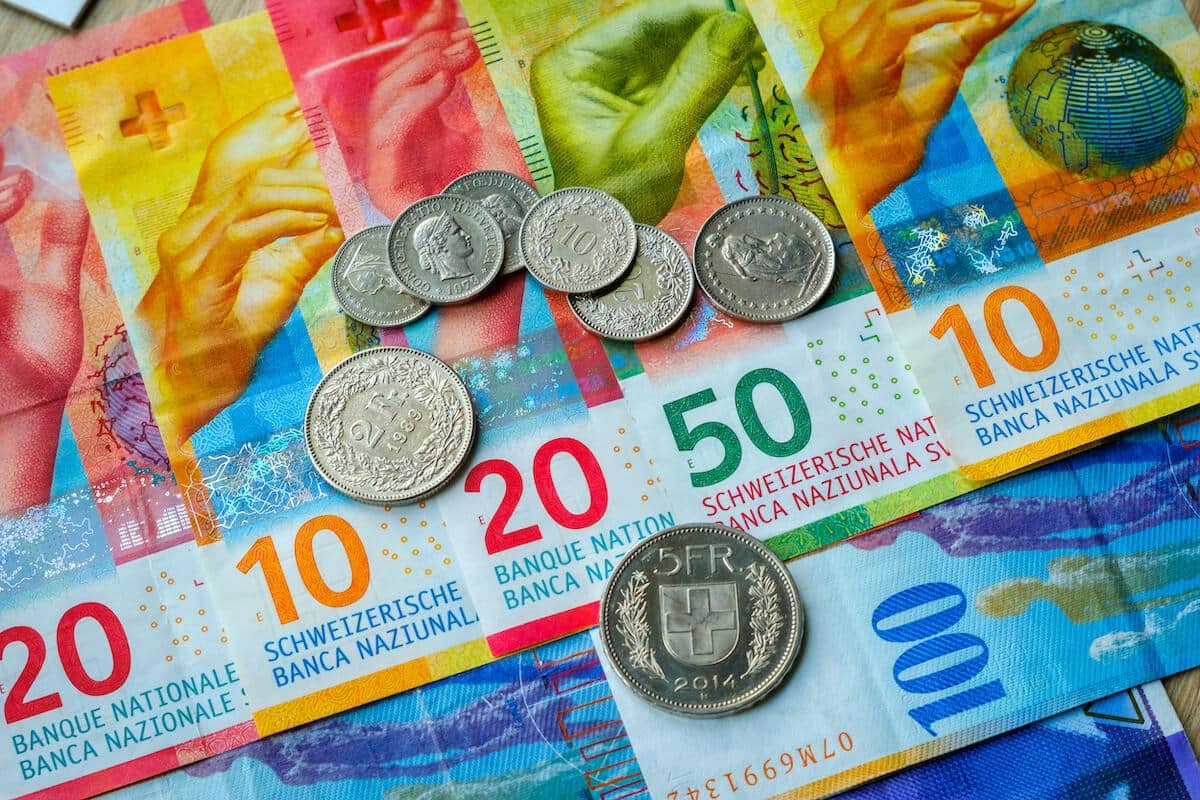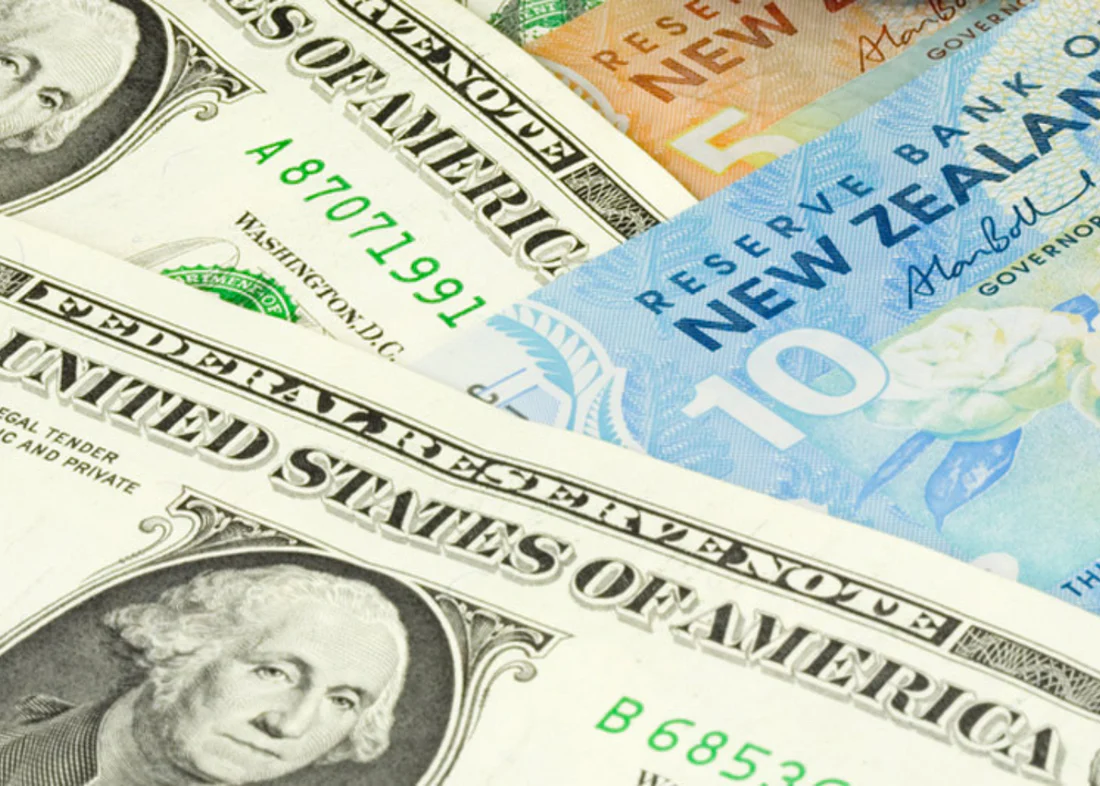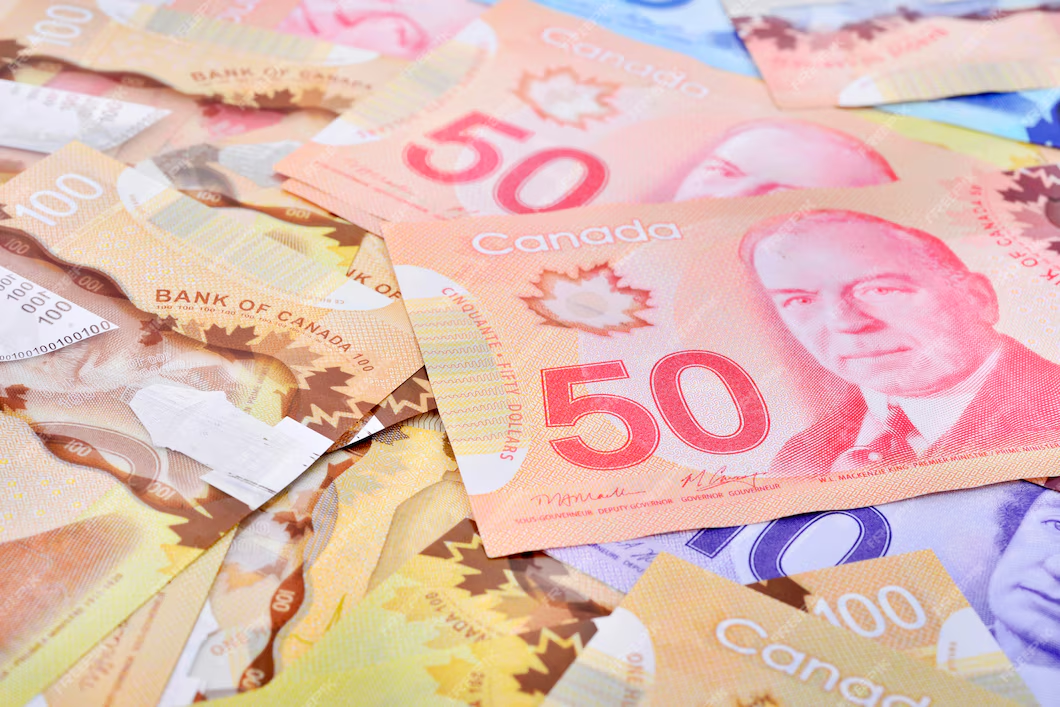USD/CHF Remains Steady Around 0.8000 Before Critical US PCE Inflation Figures
USD/CHF is trading steadily around the 0.8000 level as investors look forward to the release of the US Personal Consumption Expenditure (PCE) inflation figure for August. The US Dollar is still being underpinned by higher-than-anticipated Q2 GDP expansion at an annualized 3.8% rate and the drop in Initial Jobless Claims to 218K, which supports optimism regarding the US economy. At the same time, the Swiss National Bank (SNB) held interest rates constant at 0% due to US tariff fears and economic uncertainty, but left room for the possibility of future rate cuts in case inflation continues to fall. The pair’s strength is the result of a mix of strong US economic data and prudent monetary policy from Switzerland. KEY LOOKOUTS • Core PCE, the Fed’s preferred inflation gauge, is expected at 0.2% monthly and 2.9% yearly, which could influence USD strength. • Q2 GDP growth at 3.8% and declining Initial Jobless Claims support the US Dollar, but any surprises could trigger volatility. • SNB kept rates at 0% and may cut rates if inflation falls further, potentially weighing on the Swiss Franc. • DXY is trading close to a four-week high of 98.60; continued USD appreciation may take USD/CHF up. USD/CHF is displaying resilience around the 0.8000 mark with market attention on the release of US PCE inflation figures for August. The US Dollar has been supported by better-than-expected Q2 GDP growth of 3.8% and a fall in Initial Jobless Claims to 218K, indicating ongoing economic resilience. Simultaneously, the Swiss National Bank kept interest rates at 0%, reflecting US tariff concerns and uncertainty over the economy, while leaving open the possibility of further rate cuts should inflation continue to fall. With the US Dollar Index trading close to a four-week high, the pair’s short-term direction will predominantly be influenced by the PCE print and any move in SNB policy sentiment. USD/CHF quotes close to 0.8000 as the US Dollar is supported by good Q2 GDP and decreased jobless claims. The August PCE inflation numbers are awaited by traders, while the SNB maintains interest rates at 0% under economic uncertainty. • USD/CHF is trading strongly close to the 0.8000 level. • Good US Q2 GDP growth of 3.8% supports the US Dollar. • Initial Jobless Claims fell to 218K, lower than expectations. • US August PCE inflation is a major near-term trigger. • Core PCE is predicted at 0.2% monthly and 2.9% annually. • The Swiss National Bank maintained interest rates constant at 0%. • SNB can reduce interest rates in the future if inflation drops below the stability zone. USD/CHF remains stable around the 0.8000 level as market focus switches to the US PCE inflation figure for August. The US Dollar has been supported by strong economic data, such as a revised Q2 GDP growth of 3.8% and a drop in Initial Jobless Claims to 218K. These data show the strength of the US economy and have increased investor sentiment in the Greenback in advance of the high-profile inflation release. USD/CHF DAILY CHART PRICE SOURCE: TradingView On the Swiss side, Switzerland’s National Bank (SNB) left interest rates at 0%, citing US tariffs concerns and prevailing economic uncertainty. SNB officials did however suggest that future rate reductions are still possible if inflation drifts away from target levels, leaving the door open for easing measures. All in all, the USD/CHF pair is guided by divergent economic trends in the US and Switzerland, with investors keeping a close eye on pending data and policy indicators for direction. TECHNICAL ANALYSIS USD/CHF is experiencing solid bullish strength as it trades just shy of the 0.8000 level, a two-week high. The pair has consistently hovered above the 0.7950–0.7960 zone, and resistance near 0.8020 could become the next pivotal barrier. Short-term moving averages are pointing higher, and the Relative Strength Index (RSI) is within sight of overbought levels, which means still strength but with scope for small pullbacks. Overall, the technical configuration leans toward further upside, as long as the pair maintains above key support levels. FORECAST Should the US PCE inflation data release meet or beat expectations, the US Dollar may sustain its gains, driving USD/CHF above the 0.8020 resistance level. Further robustness in US economic readings, including GDP and employment data, would likely sustain further upside momentum, potentially targeting the 0.8050 level in the near term. On the other hand, if PCE inflation surprises higher or the SNB indicates more forceful policy action, the Swiss Franc may rise, exerting upward pressure on USD/CHF. A break below the 0.7950 support area could unleash further downward motion, with the pair potentially dropping down to 0.7920 or even lower. Market mood and central bank indications will continue to be the major drivers for intraday movements.








